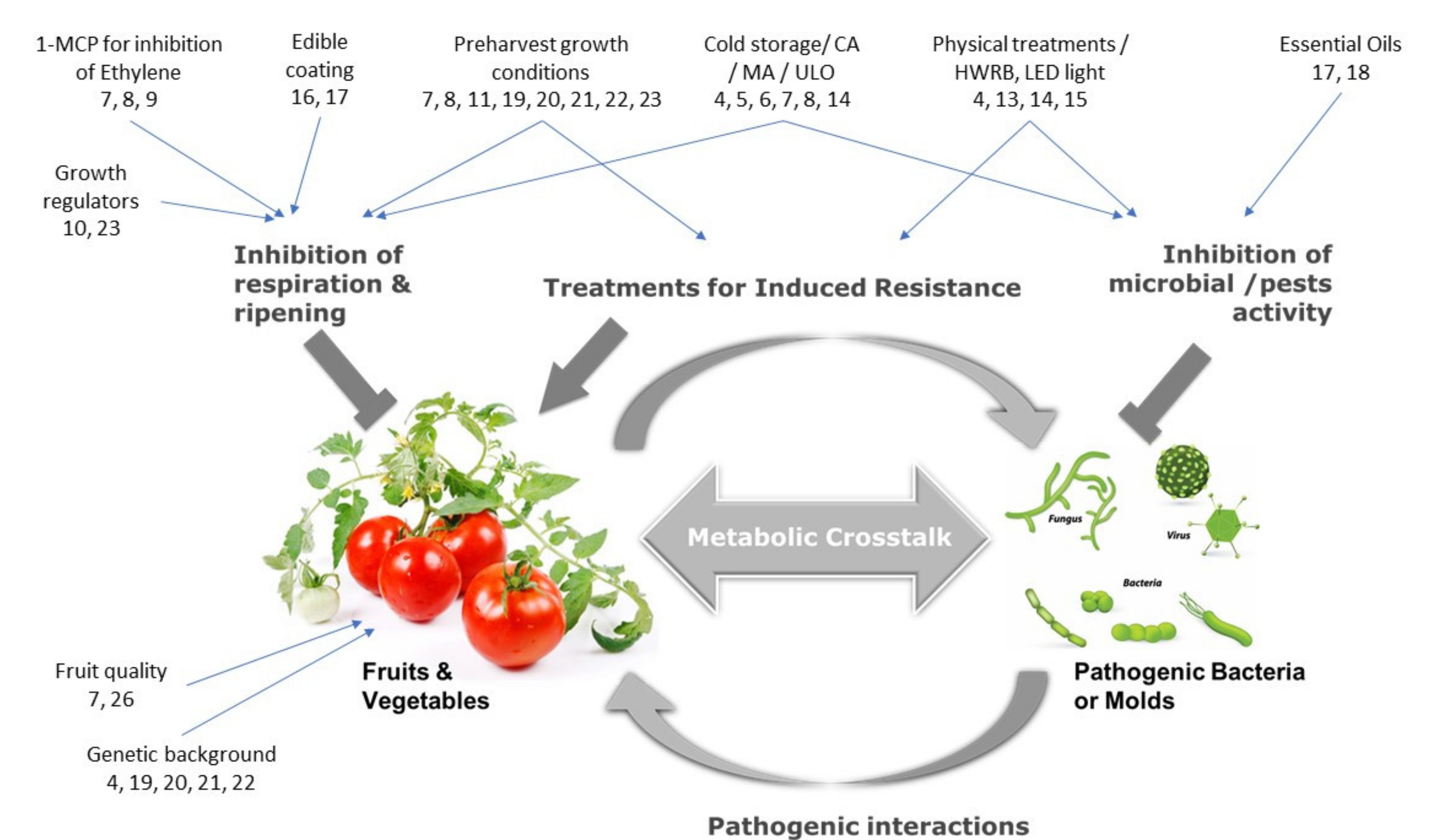Proper post harvest handling of vegetables is crucial for maintaining quality and extending shelf life. From the moment vegetables are harvested, they begin to deteriorate and lose nutrients, so it is important to handle them carefully and store them correctly to preserve their freshness and flavor. In this blog post, we'll explore some of the key considerations for post harvest handling of vegetables and discuss some of the techniques that can be used to extend their shelf life.
One of the key considerations for post harvest handling of vegetables is temperature control. Most vegetables are highly perishable and are sensitive to temperature changes, so it is important to keep them at a consistent temperature to extend their shelf life. Cooling vegetables promptly after harvest is essential to slow down the deterioration process and preserve quality.
Proper storage is also important for maintaining the quality of vegetables. Different vegetables have different storage requirements, so it is important to select the appropriate storage conditions based on the specific needs of each vegetable. For example, some vegetables such as onions and potatoes should be stored in a cool, dry place, while others such as tomatoes and cucumbers should be stored at a slightly warmer temperature.
Proper post harvest handling of vegetables is essential for maintaining quality and extending shelf life. By following some simple techniques such as temperature control and proper storage, it is possible to preserve the freshness and flavor of vegetables and extend their shelf life.
Keywords: post harvest handling, vegetables, quality, shelf life, deterioration, nutrients, temperature control, perishable, storage, onions, potatoes, tomatoes, cucumbers.

